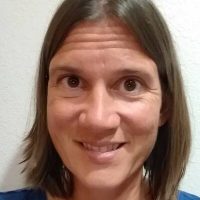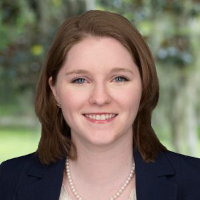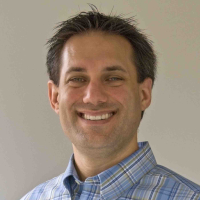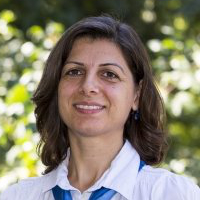Thomas Hillen (University of Alberta, Mathematical and Statistical Sciences)
ZoomModelling Microtube Driven Invasion of Glioma Malignant gliomas are highly invasive brain tumors. Recent attention has focused on their capacity for network-driven invasion, whereby mitotic events can be followed by the migration of nuclei along long thin cellular protrusions, termed tumour microtubes (TM). Here I develop a mathematical model that describes this microtube-driven invasion of …









